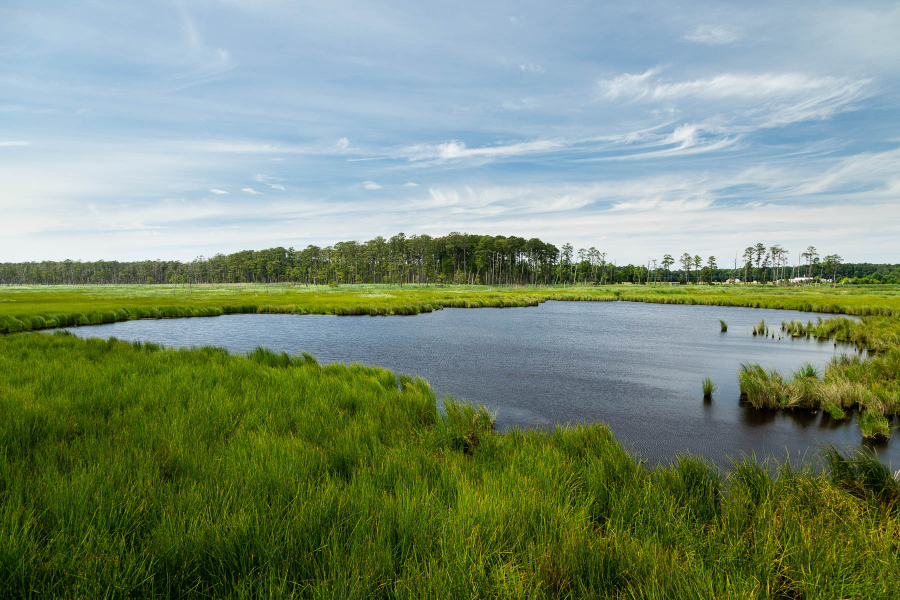A federal agency recounts two big wins in Chesapeake wildlife conservation
The U.S. Fish and Wildlife Service plays a major role in the protection of the region’s critters



The U.S. Fish and Wildlife Service plays a major role in the protection of the region’s critters



Comments
There are no comments.
Thank you!
Your comment has been received. Before it can be published, the comment will be reviewed by our team to ensure it adheres with our rules of engagement.
Back to recent stories